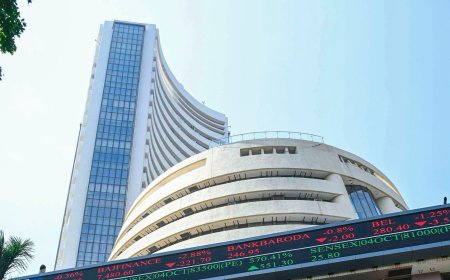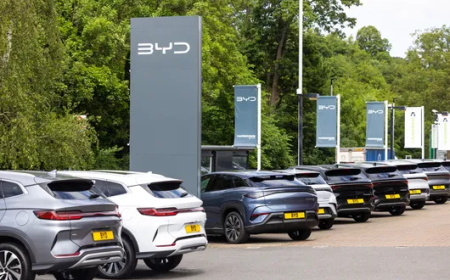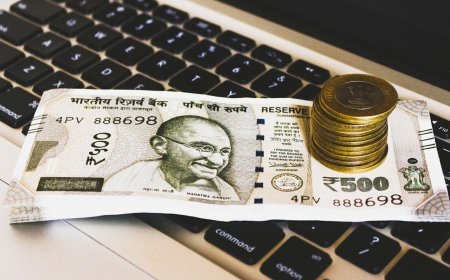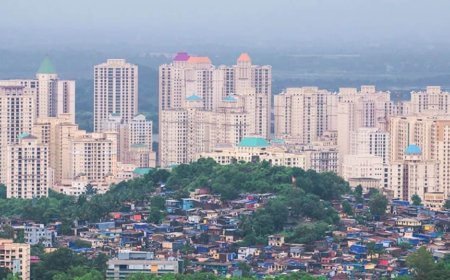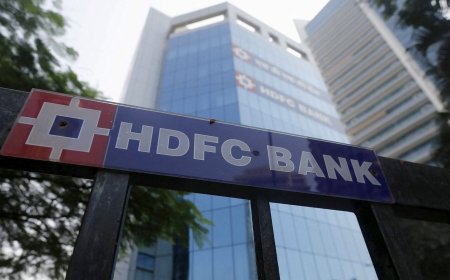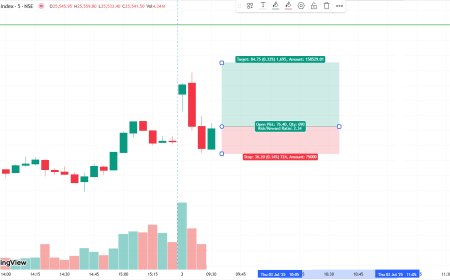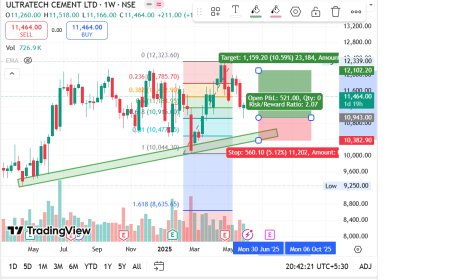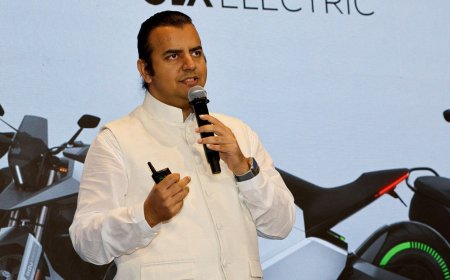Ayodhya to Get 'Bharat Path': ₹900 Crore Project to Transform 20km Pilgrimage Corridor
The Uttar Pradesh government launches the ₹900 crore 'Bharat Path' project in Ayodhya, transforming a 20km stretch into a world-class pilgrimage corridor.
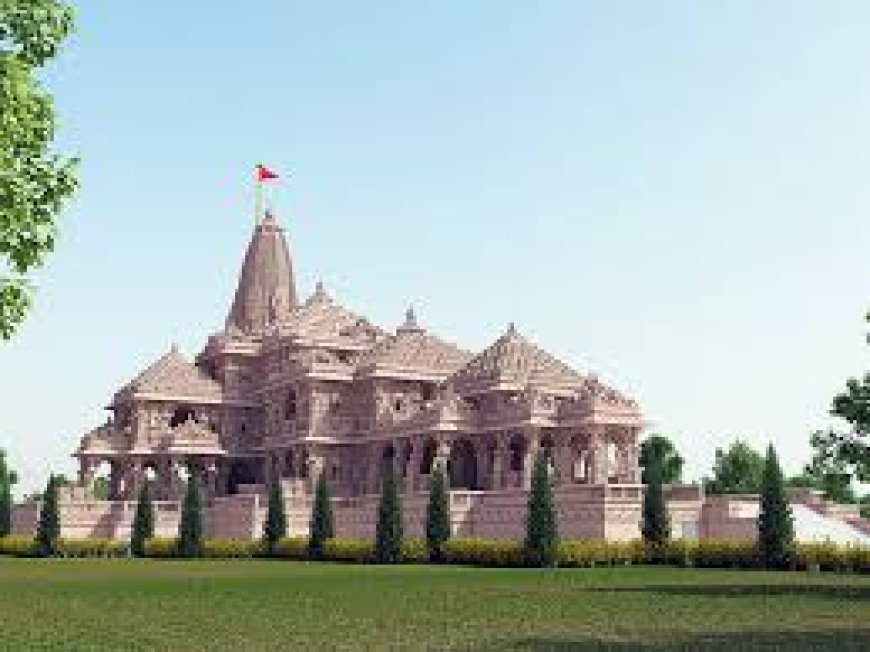
A Monumental Move to Elevate Religious Tourism and Cultural Heritage
Ayodhya, Uttar Pradesh — In a significant step to enhance spiritual tourism and national heritage, the Uttar Pradesh government has unveiled plans for ‘Bharat Path’, a ₹900 crore infrastructure project to revamp a 20-kilometre stretch in Ayodhya. The proposed corridor will connect key pilgrimage sites, enhance civic amenities, and reflect the cultural grandeur of India's ancient ethos.
The project, announced amid the rising momentum of Ayodhya as a global religious destination following the consecration of the Ram Temple earlier this year, aims to bolster tourism infrastructure and redefine the urban landscape of the holy city.
Project Scope and Cultural Vision
The 'Bharat Path' is envisioned as a world-class corridor stretching from Naya Ghat to the Ram Janmabhoomi Mandir, weaving through prominent religious and cultural landmarks. Inspired by the recently developed ‘Kartavya Path’ in Delhi, this project will include:
-
Widened and beautified roads
-
Pedestrian-friendly pathways
-
Cultural and mythological installations
-
Solar-powered lighting
-
Green landscaping
-
Smart surveillance and traffic systems
The corridor is expected to provide seamless access for millions of pilgrims, especially during festivals like Ram Navami and Deepotsav, which attract global attention.
Economic and Market Context
The Bharat Path project aligns with the broader trend of religious tourism-driven infrastructure development in India. According to a report by the Ministry of Tourism, religious tourism accounts for 60% of domestic tourism in the country. Ayodhya is being positioned alongside Varanasi and Ujjain as a key spiritual hub.
“This is not just a spiritual investment; it's an economic one. Improved connectivity and amenities are likely to stimulate local commerce, boost real estate, and attract hospitality ventures,” said Dr. Meera Saxena, an urban planning expert with NITI Aayog.
The real estate market in Ayodhya has already witnessed property price appreciation of 25-40% post the Ram Mandir inauguration. Analysts expect this trend to continue as state-backed projects bring more investors and developers into the region.
Strategic Partnerships and Implementation
The Uttar Pradesh government, under the guidance of Chief Minister Yogi Adityanath, has roped in leading consultants and urban designers for the master planning of Bharat Path. The project will be executed in phases and overseen by the Ayodhya Development Authority (ADA) in coordination with the Public Works Department (PWD) and private contractors.
“The design will reflect India’s civilizational values while ensuring modernity and accessibility. Bharat Path will set a new benchmark in pilgrimage infrastructure,” said Vivek Tripathi, Chief Engineer at ADA.
The first phase of work is expected to begin by early 2026, with a projected timeline of 30 months for completion.
Investor Outlook: A New Destination on the Rise
For investors, Bharat Path signifies more than just a public project—it represents a rising urban node with high footfall, economic activity, and long-term potential.
-
Hospitality Sector: Hotel chains like OYO, Taj, and Radisson have already initiated talks for expansion in Ayodhya.
-
Retail & F&B: Retail majors see scope for flagship outlets along the corridor. Café and restaurant chains are scouting locations.
-
REITs and Infra Funds: Infrastructure-focused funds are expected to eye the region, considering the scale and symbolic value of projects.
“With the government’s clear vision and timely execution, Ayodhya is emerging as a cultural-economic zone. The Bharat Path project is the infrastructural backbone that will attract private capital,” said Rakesh Kumar, Senior Research Analyst at ICRA.
Sustainability and Long-Term Vision
Bharat Path also focuses on sustainable development. The entire stretch will incorporate:
-
Eco-friendly materials
-
Rainwater harvesting systems
-
EV charging stations
-
Minimal tree-cutting with compensatory afforestation
The broader vision is to make Ayodhya a model city that blends mythology with modernity. The government also plans to integrate Bharat Path with other initiatives like the Ayodhya Smart City Mission and Ramayana Circuit, creating synergies across tourism, transport, and digital governance.
Conclusion
The Bharat Path is more than a road—it is a symbol of a nation reconnecting with its roots while marching ahead with vision. With ₹900 crore earmarked for its development, this 20-km corridor has the potential to be a game-changer for Ayodhya, transforming it into a global pilgrimage and investment destination.
As work begins, stakeholders from across sectors will be watching closely—not just for its economic impact, but also for how it reshapes the Indian narrative of development grounded in heritage.
What's Your Reaction?
 Like
0
Like
0
 Dislike
0
Dislike
0
 Love
0
Love
0
 Funny
0
Funny
0
 Angry
0
Angry
0
 Sad
0
Sad
0
 Wow
0
Wow
0




